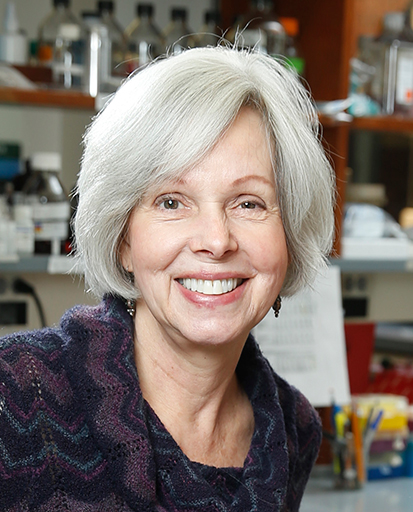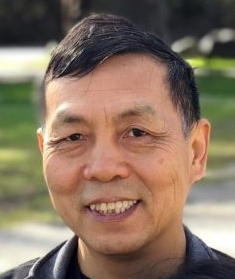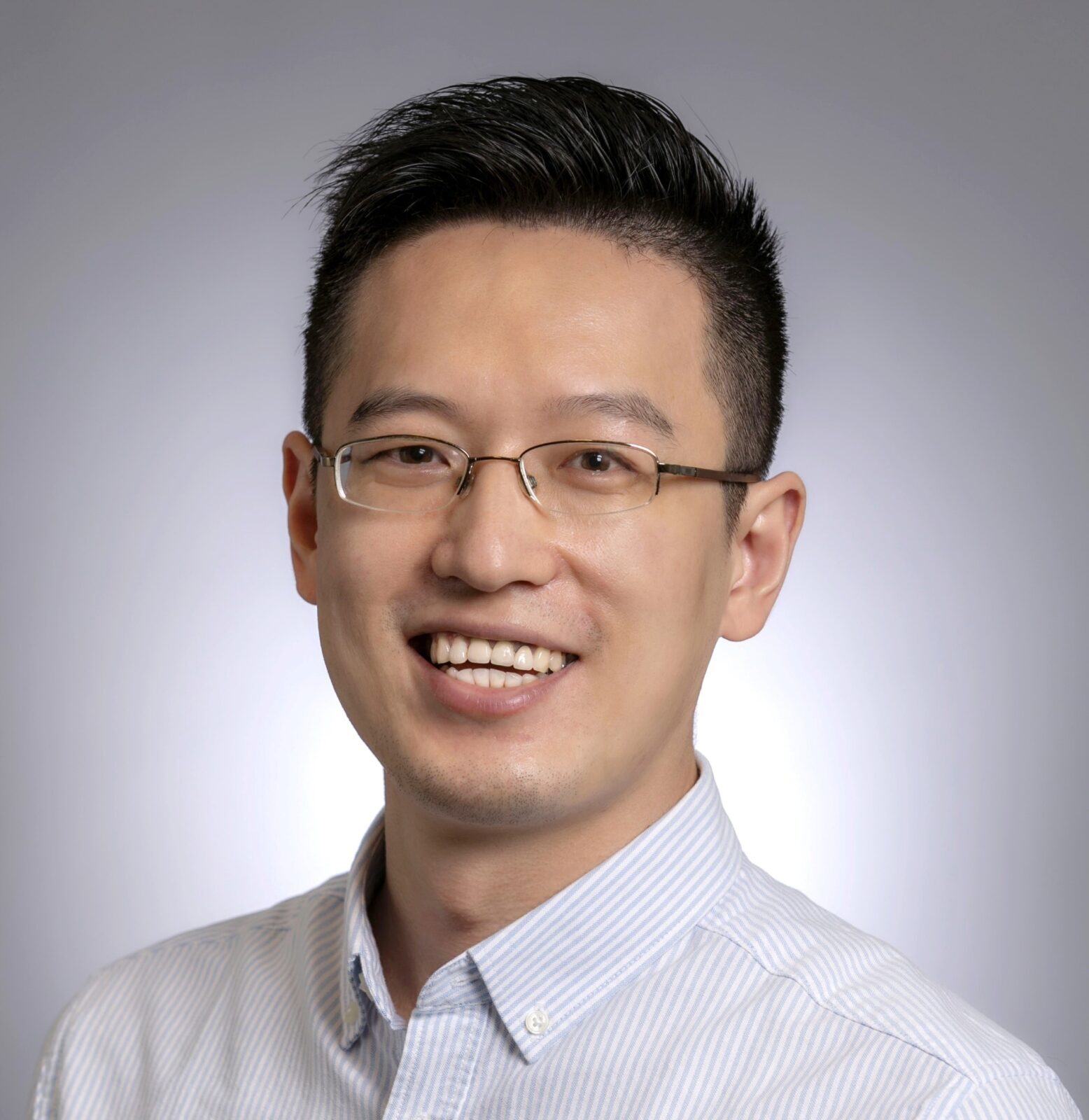By Kensey Bergdorf

In a continuation of previous work studying the role of chemokine receptor CXCR2 in immune cells published in Cancer Immunology Research, the lab of Ann Richmond, Ingram Professor of Cancer Biology and professor of pharmacology, has identified that same receptor as a regulator of melanoma tumor formation and growth.
The new study, ”CXCR2 expression during melanoma tumorigenesis controls transcriptional programs that facilitate tumor growth”, was recently published in Molecular Cancer and further reinforces the utility of drugs currently in clinical trial for the treatment of metastatic melanoma.
Richmond has dedicated her career to the study of chemokines, proteins that traditionally attract immune cells. She was the first to show that a chemokine can regulate tumor growth, and this study demonstrates that exact principle. CXCR2, a receptor for many chemokines, has long been associated with melanoma. However, no one had established a direct role for CXCR2 in tumor precursor cells as they acquire mutations and develop into full-fledged tumors.

In this highly collaborative project led by staff scientist Jinming Yang, Research Assistant Professor of Pharmacology Chi Yan, and me—Kensey Bergdorf, a postdoctoral fellow in the Richmond lab—the team combined newly generated mouse models, multiple sequencing and computational analyses, and flow cytometry to define the effects of CXCR2 loss or inhibition in developing melanoma.
Hear directly from the team to learn more about this work.
What issue does your research address?
We study the intersection of cancer and immune cells and the ways in which those two populations communicate with one another, specifically through the use of chemokines. Chemokines produced by tumor cells are known to attract certain suppressive immune cell populations into the tumor microenvironment, where they can help prevent an anti-tumor immune response and allow the tumor to grow unchecked. These chemokines can also bind receptors directly on the cancer cells themselves, increasing signaling that makes the tumor more aggressive. CXCR2 is one such receptor, known to impact both immune and cancer cells. Although our previous work showed that CXCR2 expressed on a subset of immune cells is critical for the recruitment of immunosuppressive myeloid cells that protect the tumor, this new work sought to examine the receptor’s role within the developing tumor cells themselves.
What was unique about your approach to the research?

Yang, one of the first authors of this study, worked diligently to develop exciting new mouse models to very specifically address our questions. In these models, we can induce the mutations that lead to melanoma in only the precursor cells (melanocytes) and add a CXCR2 knockout method to those same cells such that it is lost when the mutations are introduced. We generated two of these models that reflect the two common drivers of melanoma—NRAS and BRAF mutations. We then delineated the changes that occur in tumors with or without loss of CXCR2 expression by evaluating gene expression, protein production and modification, transcription factor activity, and immune cell recruitment.
What were your findings?
We determined that when we knock out CXCR2 specifically in melanocytes or treat mice systemically with a CXCR1 and CXCR2 inhibitor, fewer tumors form, and those that do form are smaller than those seen in our controls. Fewer immunosuppressive immune cells and more activated anti-tumor immune cells were present in tumors where CXCR2 was knocked out, despite the loss of the receptor only in the tumor cells. This indicates that tumor-intrinsic chemokine signaling can affect signals important to the development of the immune microenvironment in addition to direct tumor-immune chemokine signaling.
We also found that in each of three models where CXCR2 signaling was decreased, only one gene was consistently upregulated: TFCP2L1. This transcription factor has over 1,000 gene targets, regulates stemness, and may act as a tumor suppressor in melanoma.

What do you hope will be achieved with the research results in the short and long terms?
Multiple CXCR1 and CXCR2 inhibitors—including the one used in our study, SX-682—are currently being tested in clinical trials for various cancers. SX-682 is specifically being evaluated for use in treatment-resistant melanoma. Our study adds support for the use of these inhibitors, and we hope it will promote further research into the role of chemokine receptors in tumor development. Through that work, we can evaluate new drug targets in early-stage tumors and perhaps better understand treatment resistance in later stages to improve patient outcomes.
What is next with this research?
We are currently working on identifying how other cell populations beyond tumor and immune cells are altered when CXCR2 is lost during tumor development. Using single-cell sequencing, we can ascertain multiple populations of stromal cells (non-cancerous cells that support the tumor) and how they are affected. Additionally, we are evaluating the efficacy of SX-682 in patient-derived organoids, a miniaturized version of a patient’s tumor grown from a biopsy and maintained in vitro. The clinical trial of SX-682 is ongoing.
Funding
This work was funded by the National Institutes of Health, the Department of Veterans Affairs, and the Lloyd Foundation for Melanoma Research.
Go further
The paper “CXCR2 expression during melanoma tumorigenesis controls transcriptional programs that facilitate tumor growth” was published in Molecular Cancer in June 2023.